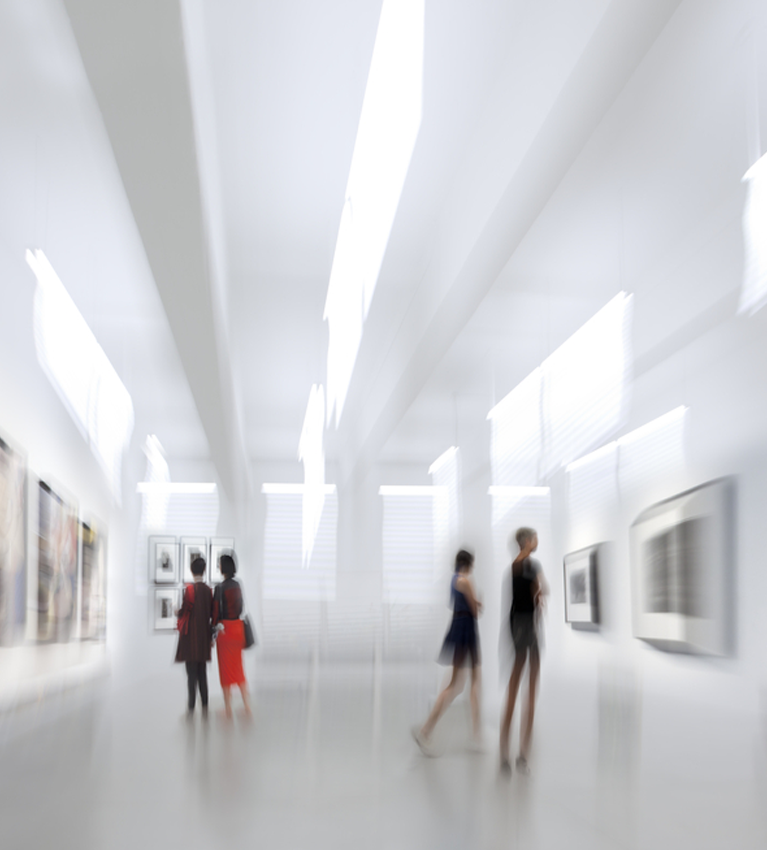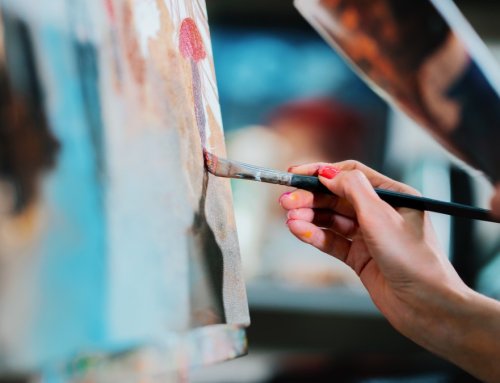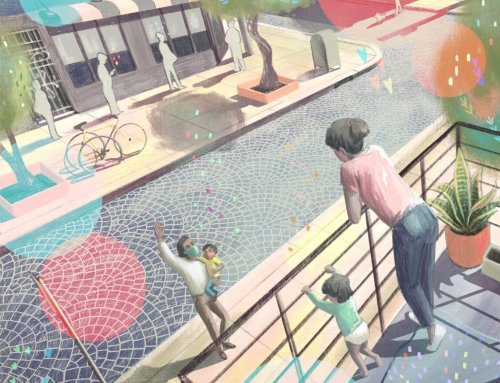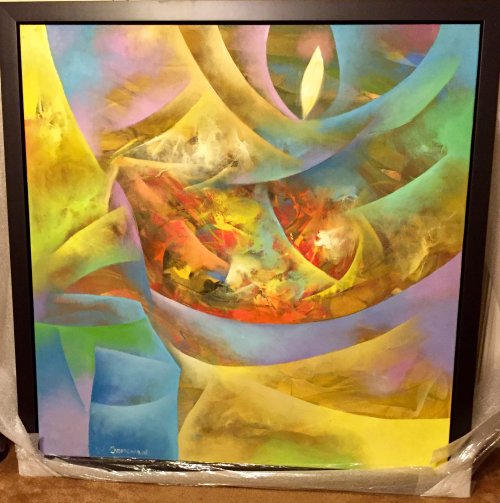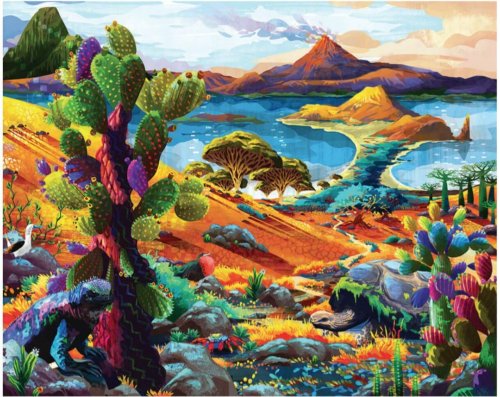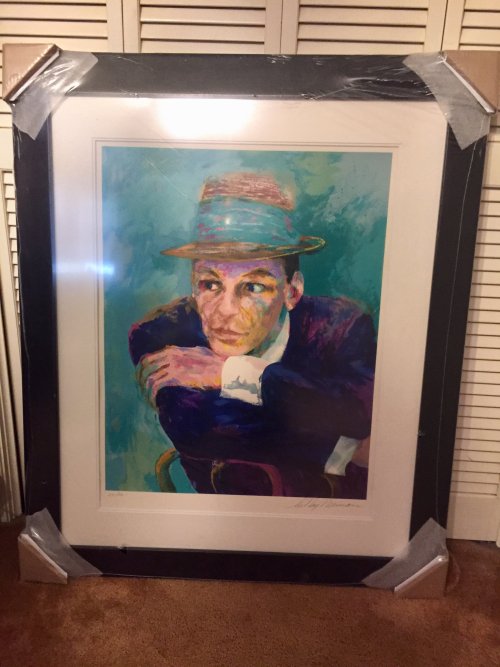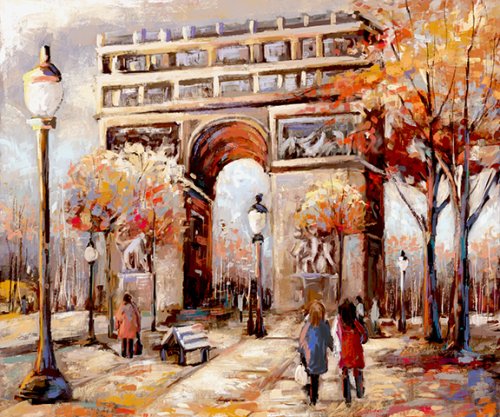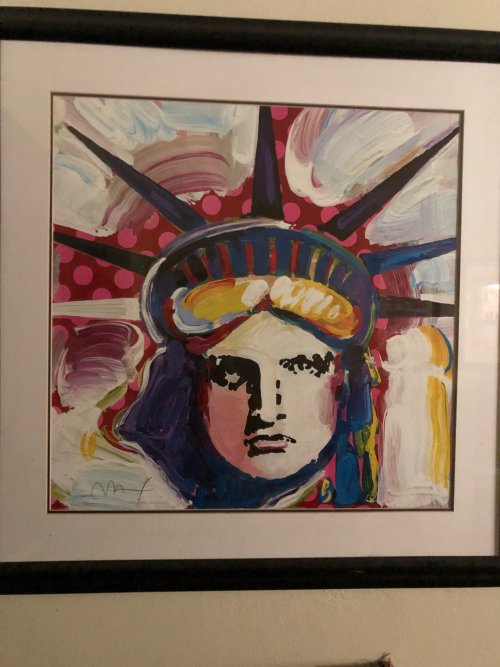Fine art has been around for as long as we have been able to preserve it. It was the sole form of expressing one’s feelings and experiences, a way of consoling the heart through work and the eyes through beauty. Fine art, by concept, implies that it is purely aesthetic rather than functional, as it is rooted in drawing, painting, printmaking and sculpture.
The earliest expressions of art date to the Stone Age (2.5 million – 3,000 BCE), and were created by the descendants of Homo erectus. Although it was believed that ancient art originated in Europe, the oldest artifact discovered in the world was the Bhimbetka petroglyphs, which represented a set of 10 cupules and an engraving or groove, found in a quartzite rock shelter known as Auditorium cave at Bhimbetka in central India, dating from 290,000-700,000 BCE. This primitive rock art was followed, no later than 250,000 BCE, by simple figurines, like Venus of Berekhat Ram discovered in Golan Heights, and Venus of Tan-Tan in Morocco. Later on, from 70,000 BCE humans created stone engravings, such as those in the Blombos cave in South Africa, the cupules at the Dordogne rock shelter at La Ferrassie, a Neanderthal cave in southwest France, to ostrich eggshell engravings found in the Diepkloof Rock Shelter in Western Cape, South Africa. Art was a universal movement.
With the evolution of mankind and the apparition of different working utensils, art became a form of transfusing the artist’s ideas into a palpable creation, such as sculptures, pottery, metalwork, carving and interior decorations. Only through the course of time, continuous metamorphosis and a constant desire of self-expression did art become refined, or otherwise said – “fine”.
From Gothic, to Renaissance, to Baroque, to Realism, to Impressionism, Cubism, Surrealism, Abstract Expressionism, Pop-Art, Minimalism, Photorealism, and so many more in between, fine art shaped our visual history into what we know it today.
The 21st century art is no longer the passive activity it used to be back in the day. Nowadays, it is a form of social interaction, inviting the observer to participate, to be present, to ignite feelings and emotions. There are no more limits in terms of the tools artists use today, be that the classical oil-on-canvas, computer art, or giant installations in the middle of the street. The audience is the primary eyewitness of such themes like economy, politics, globalization, freedom, social status, religion, wealth, and everybody has a say in it. The artists, themselves, are no longer the “workers” contracted to do a job for their patrons, they are the masters of their own styles, approaches and philosophies behind their creations.
At Newport Brushstrokes, history and reality marry together to give you a one of a kind artsy experience. A fine art gallery bearing a select variety of chef-d’oeuvres online, you can get lost in time by admiring the collections of high-end premium paintings it has to offer. What makes Newport Brushstrokes unique is the ability of its in-house artists to transform any dream or idea into a painting. Their distinguished vision and approach to satisfy all tastes enables them to create the perfect painting to hang on a wall that will only appreciate over time. From reproductions of classical works by renowned masters, to original contemporary works by young and upcoming artists, Newport Brushstrokes represents the ideal playground for its artists to “sharpen” their brushes.
And while preparing an atelier for a session of painting is complicated and we’d rather leave it to the professionals, there’s nothing easier than being part of art through the stroke of our “brush”, or, rather – click of our mouse.
By Ina Muntean-Bors

